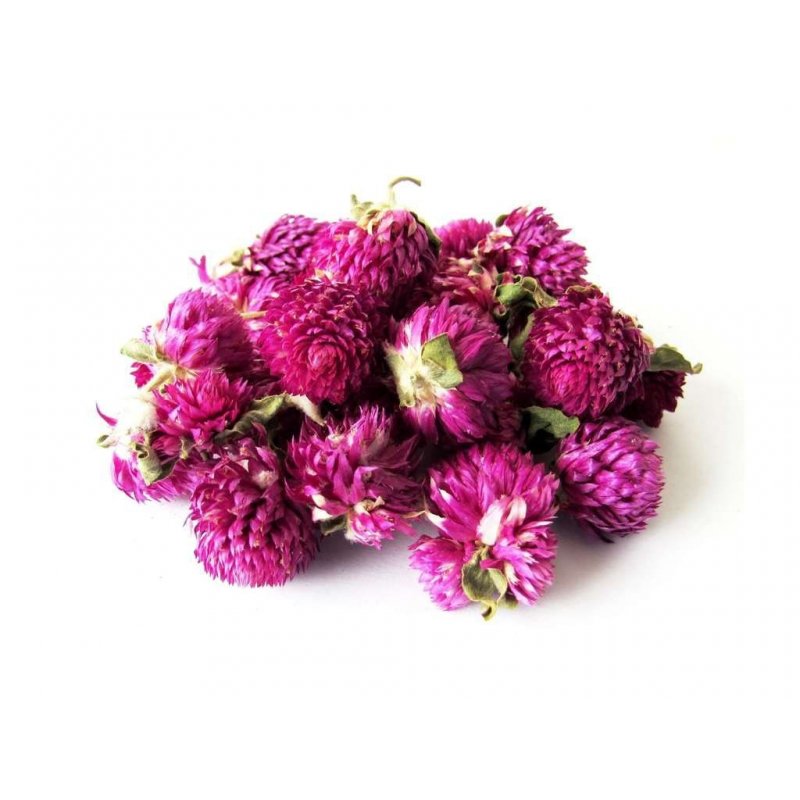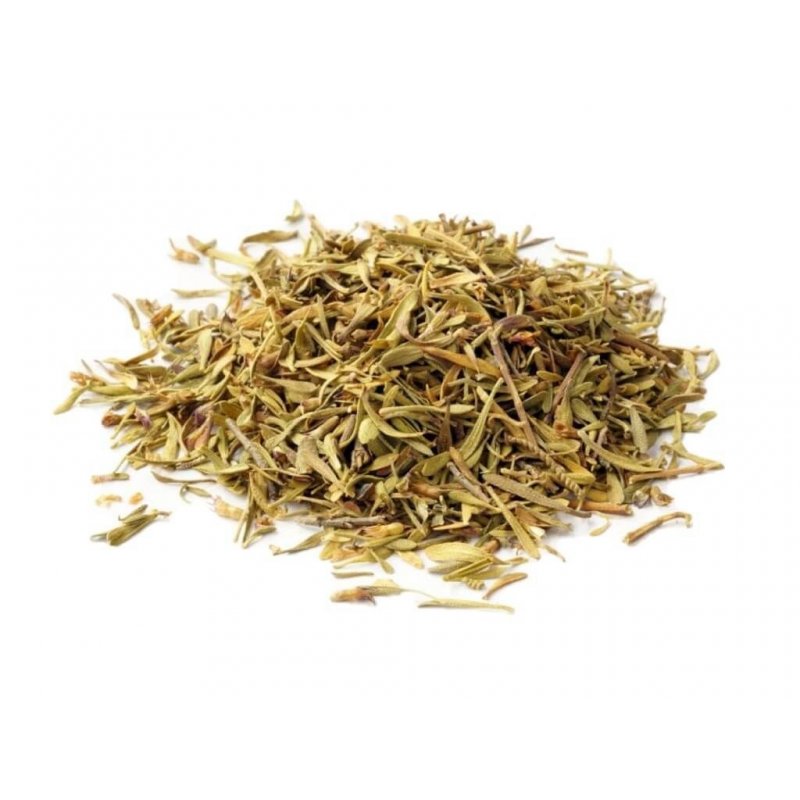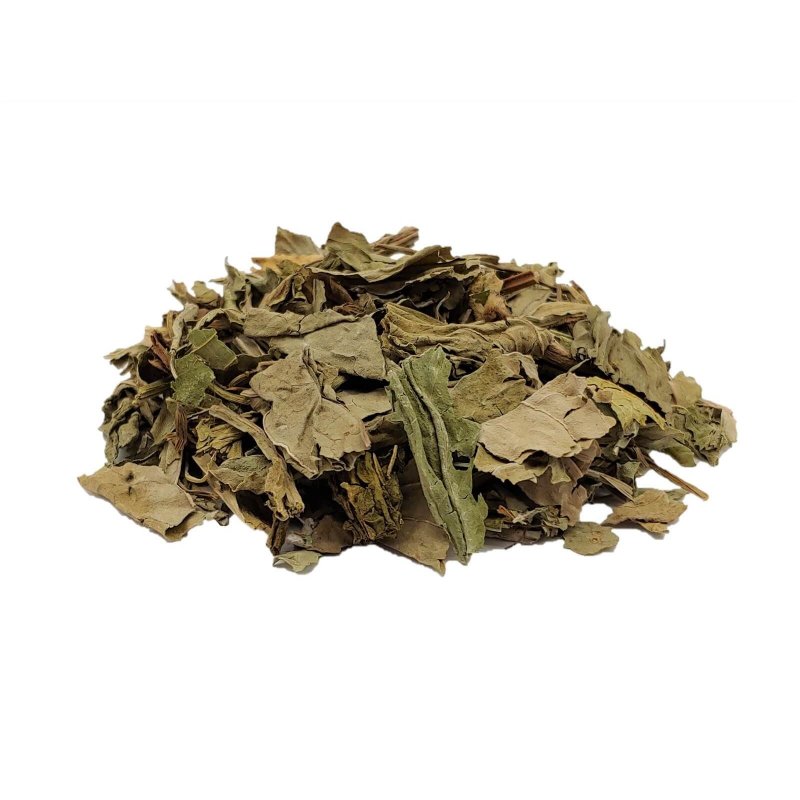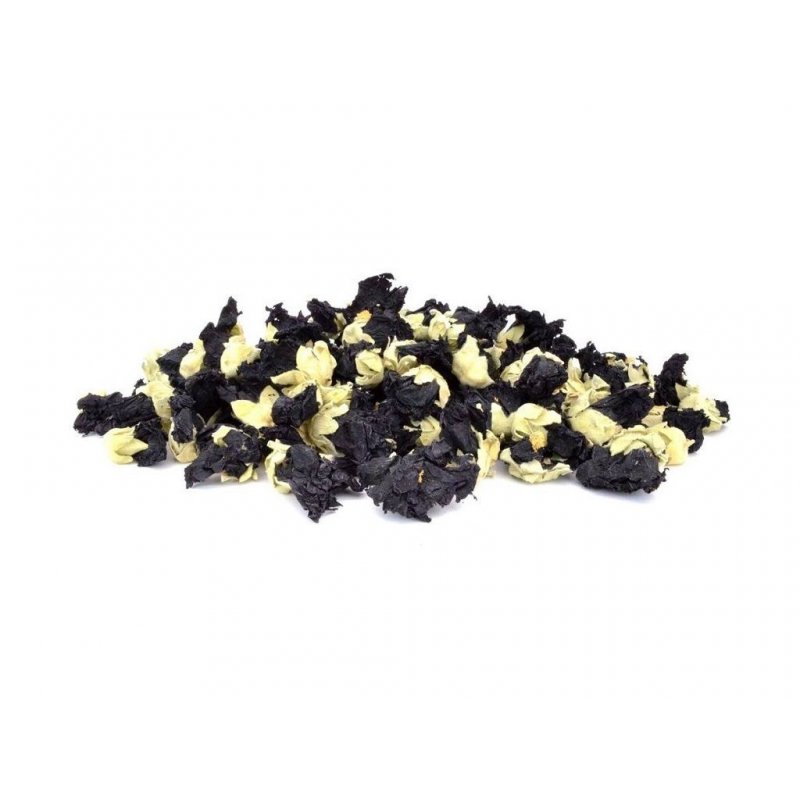Mallow Tea Leaves (Malva Sylvestris)
Inflammation | Voice problems| Flu

Fast delivery worldwide
Sent by: DHL, DPD, UPS, MRW, CTT
Mallow leaves
Try our Mallow Tea and get rid of nasal congestion! A natural formula rich in antioxidant and anti-inflammatory properties indicated to improve breathing and relieve dry cough. It also acts as an intestinal regulator.
Ingredients: 100% Mallow, leaves (Malva Sylvestris).
Discover the benefits of Mallow Tea
Mallow Tea is used to treat respiratory problems such as bronchitis, pharyngitis, and laryngitis. Besides treating cough with phlegm, it relieves sore throat and boosts defenses. Use it to improve the health of your mouth, throat, lungs, stomach, and intestines. You can take Mallow Tea to treat stomatitis, constipation, gastritis, and conjunctivitis.
Other therapeutic uses: ulcerative colitis, gastric ulcer, insomnia, headaches, acne, cystitis, and hoarseness.
Curiosities:
Mallow, also called Malva sylvestris, is a plant of the Malvaceae family very common in mainland Portugal and the Islands. This plant species grows easily in Europe in soils with a lot of vegetation. Although it is common in the wild, the Mallow can be cultivated as an ornamental plant in gardens, reaching about 80 cm in height. In Portugal, you can see the natural flowers of the Mallow almost all year round, from the end of December to the beginning of October.
Water temperature: 100º
Infusion time: 10 to 15 minutes.
Recommended quantity: Approx. 1 teaspoon of Mallow leaves per cup (240ml).
Dosage: 3 to 4 cups of tea a day. It is recommended that you take the last cup before bedtime.
How to make Mallow Tea: put in a pot 1 teaspoon of Mallow leaves in 240 ml of boiled water. Cover it and let it infuse for 10 to 15 minutes. Finally, strain and let it cool a little before drinking. For best results, practice a healthy lifestyle.
Store in a cool, dry place away from light.
Warnings: This plant should be avoided by pregnant women or babies even by anyone with hypersensitivity to the active ingredients of the plant.
NOTE: The image presented is only a suggestion of presentation, being that the cut typology and dimensions of the plant can vary in the supply or season of the year, maintaining all the quality, functionalities, and properties of the tea unchanged.

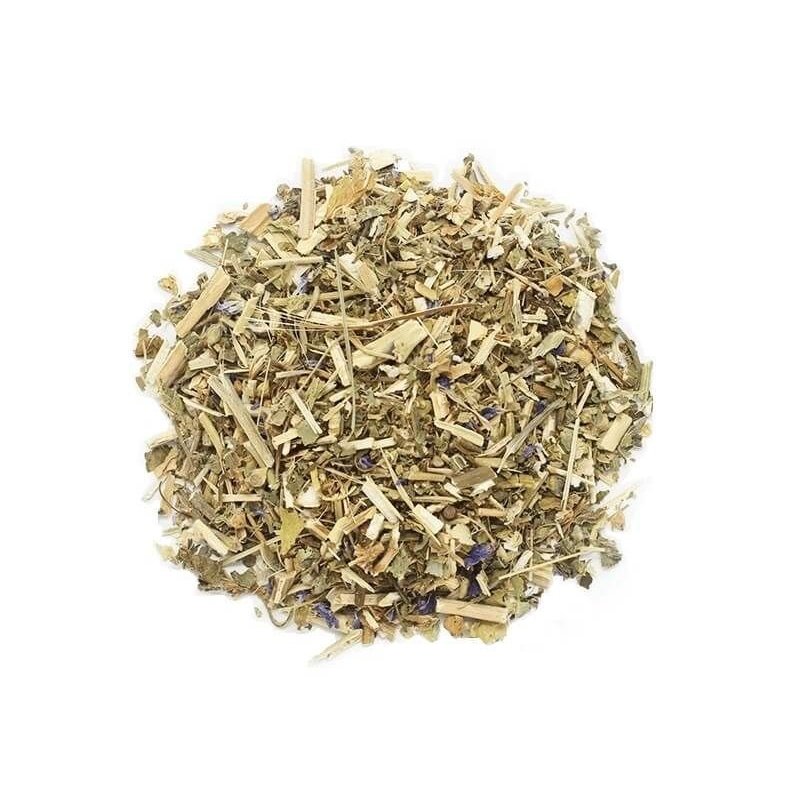


 Reviews
Reviews 
